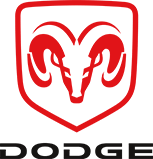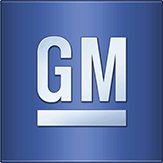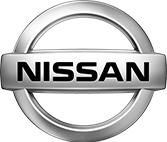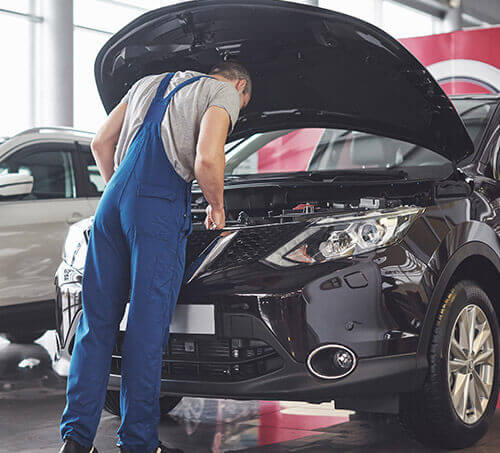The clutch is a critical part of your car’s drivetrain, allowing you to control the connection between the engine and transmission. It plays a vital role in enabling smooth gear changes and maintaining power flow to the wheels. Understanding how the clutch works and the components involved can help you identify problems early and ensure timely repairs. In this article, we’ll break down the clutch system and explain the functions of its key components.
Key Components of a Car Clutch System
The clutch system consists of several interconnected parts that work together to enable gear shifts. Here are the main components you should be familiar with:
1. Clutch Disc
The clutch disc is a circular, friction-coated plate positioned between the flywheel and the pressure plate. When the clutch pedal is released, the clutch disc is pressed tightly against the flywheel by the pressure plate, allowing the transfer of power from the engine to the transmission. Over time, the friction material on the disc wears down, causing the clutch to lose its ability to grip the flywheel properly. This leads to common clutch issues like slipping.
2. Pressure Plate
The pressure plate is a spring-loaded metal plate that exerts pressure on the clutch disc, pressing it against the flywheel. This is crucial for ensuring that the engine’s power is fully transferred to the transmission. When the clutch pedal is pressed, the pressure plate moves away from the clutch disc, disengaging the power flow. A worn-out pressure plate can result in a slipping clutch or difficulty shifting gears.
3. Flywheel
The flywheel is a heavy, circular metal plate attached to the engine’s crankshaft. It helps balance engine rotation and stores rotational energy. The clutch disc presses against the flywheel to transfer engine power to the transmission. A damaged or warped flywheel can cause clutch vibration or shudder, leading to inconsistent performance. In some cases, the flywheel may need resurfacing or replacement during a clutch repair.
4. Release Bearing
The release bearing, also known as the throw-out bearing, allows smooth disengagement of the clutch when the pedal is pressed. It reduces friction between the pressure plate and the release mechanism, preventing wear on these components. A faulty release bearing can cause noise (such as squealing or grinding) when the clutch pedal is pressed and can make gear changes difficult.
5. Clutch Pedal and Linkage
The clutch pedal is what you press to engage and disengage the clutch. It’s connected to the clutch system through either a mechanical or hydraulic linkage. Mechanical linkages use cables or rods, while hydraulic linkages rely on fluid pressure. Issues with the clutch pedal or linkage, such as air in the hydraulic system or a stretched cable, can result in a spongy or stiff clutch pedal feel, making it harder to change gears.
How Does the Clutch Work?
Here’s a step-by-step explanation of how the clutch works during normal operation:
- Pressing the Clutch Pedal
When you press the clutch pedal, the release bearing pushes against the pressure plate, causing it to move away from the clutch disc. This action disengages the clutch disc from the flywheel, breaking the connection between the engine and the transmission, which allows you to shift gears without grinding. - Shifting Gears
With the clutch disengaged, the gears inside the transmission can change without resistance. The clutch allows the smooth transition of gears, ensuring that the engine power doesn’t interfere during the gear shift. - Releasing the Clutch Pedal
Once you’ve shifted into the desired gear, releasing the clutch pedal causes the pressure plate to press the clutch disc back against the flywheel. This re-establishes the connection between the engine and transmission, transferring power to the wheels and allowing the car to move forward in the selected gear.
The smooth coordination between these components is crucial for efficient clutch operation, and any issues in one part of the system can lead to noticeable problems with gear shifting or vehicle performance.
Why Understanding Clutch Components Matters
Knowing how the clutch system works is essential for diagnosing potential issues. Problems like slipping, grinding gears, or a spongy clutch pedal can often be traced back to one or more of these components. For example:
- Slipping clutch: Likely caused by a worn clutch disc or pressure plate.
- Noisy operation: Often due to a failing release bearing.
- Vibrations or shudder: Could indicate a damaged or warped flywheel.
Regular inspection and maintenance of your clutch system can prevent more serious (and expensive) repairs down the road.
FAQs About How a Car Clutch Works
What causes a clutch to wear out?
Clutches wear out naturally over time due to friction between the clutch disc and the flywheel. Driving habits such as riding the clutch or shifting aggressively can speed up the wear process.
Can I drive with a worn clutch?
You can drive with a worn clutch for a while, but it’s not recommended. As the clutch deteriorates, it will slip more, making it harder to accelerate and increasing the risk of a total breakdown.
How often should a clutch be replaced?
The lifespan of a clutch varies depending on the type of vehicle and driving conditions, but most clutches last between 50,000 and 100,000 miles. Regular maintenance can help extend its life.
What happens if the release bearing fails?
A failing release bearing can cause noise when you press the clutch pedal and make it difficult to disengage the clutch. Over time, it can damage other clutch components if not replaced.


 Free Customer Towing Service
Free Customer Towing Service  Free TrueTest™ Inspection
Free TrueTest™ Inspection  Fast Transmission Services
Fast Transmission Services  Comprehensive Warranty in Denver
Comprehensive Warranty in Denver 

























